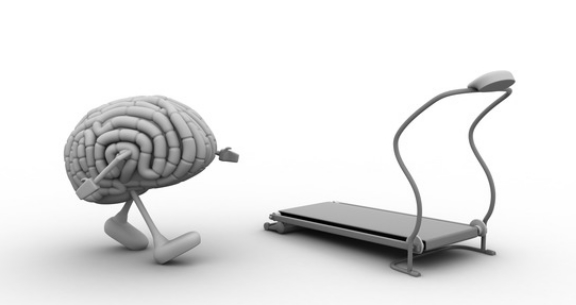One of the things NLP does is to show you how your mind creates the neural routes by which you behave in your daily life. My favorite metaphor exemplifying this is a groove created by the water. It rains. The water goes down a certain way. It rains again – the water goes down the same path. After many times, the rain created a groove, a ditch and now it will always go down that path. This is exactly what’s happening in your bran. But as the ditch can be changed (filled up with dirt or cement), so can your neural paths in your brain. In fact your brain is changing all the time the big name for it is “neuroplasticity of the brain”.
As most of you know, it can take a long time to get rid of a bad habit. This is because you’re doing it automatically (unconsciously). Well, in NLP and especially Time Line Therapy®, a habit can disappear in 10 minutes. Gone. Forever. And for those of you already NLP trained you know that I refer to techniques like Swish, Anchoring, or submodalities change.
But here are some ways to train your mind differently (and it is all in your power to do it now). No, I am not talking about affirmations. These can work but it will take anywhere between 3-6 months or more to achieve the desired result. Results may also vary depending on your ability to focus on the affirmation. Or you can try this and it can go away immediately.
1. Make Sure You Know Exactly What The Behavior (The Habit) Is That You Want To Change
I am fond of using the expression “you need to want to and not want-to-want-to”. Sometimes people say they want to change something because they get the feedback from others that they have a bad habit. So their motivation is external. Deep down they don’t really care. This makes a gigantic difference. If you are congruent consciously AND unconsciously that you want to change something and there is no part of you that is resistant to that change, you’re ready to go.
2. To Get There You Must Know What The Old Habit Is Providing You With.
In NLP we call this secondary gain. What is it giving you? What’s its purpose?For example when people are addicted to certain foods they replace something lacking in their life with that food. (IE. comfort, sweetness in life, pleasure, love, or even safety). This is best done by keeping a list of what were you thinking and feeling when just before you ate that food. This will bring into consciousness the unconscious behavior.
3. Notice the Mental Image
This is simple to do, but you must be precise. Here is the question to ask yourself: “As I think of how much I like this food, do I have a picture in my mind?” (BTW everybody has a picture in their mind). Close your eyes if you need to. VERY IMPORTANT: Notice where is that picture. Far away? Close? Up on your imaginary inner screen? Low on the screen? In the middle?
4. Change the Mental Image
Now, take that imaginary picture and move it far away, 25 feet (10 meters) away, make it really small (like a postage stamp) make it black, and leave it there. Stick it there with superglue.
5. Focus on Something Else You Would Like To Do Instead Of the Old Habit
Imagine something else you like a lot. Something healthy and positive for you. What’s the picture of that? Notice it. Then make it so you like it a lot. Bring it close to you, make it in beautiful colors and notice how good that feels.
6. Optional. Do Time Line Therapy® To Let Go Of the Need to Have That Habit
If you know Time Line Therapy®, do the Limiting Decisions process on the very first time you had that habit/behavior.
7. Think of What Will You Do Instead In The Future
Imagine in the future (one month from now, 6 months from now, one year from now, 5 years from now) what will you do instead of your bad habit. And here folks again you must be specific. (“Everything will be all right” is not good enough.)
Good Luck! Let me know if you have questions about this technique. Leave me an answer below.
Until next time be well

